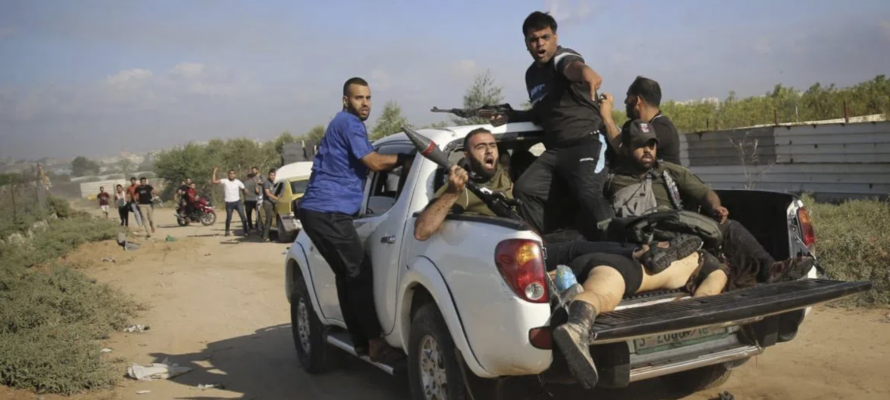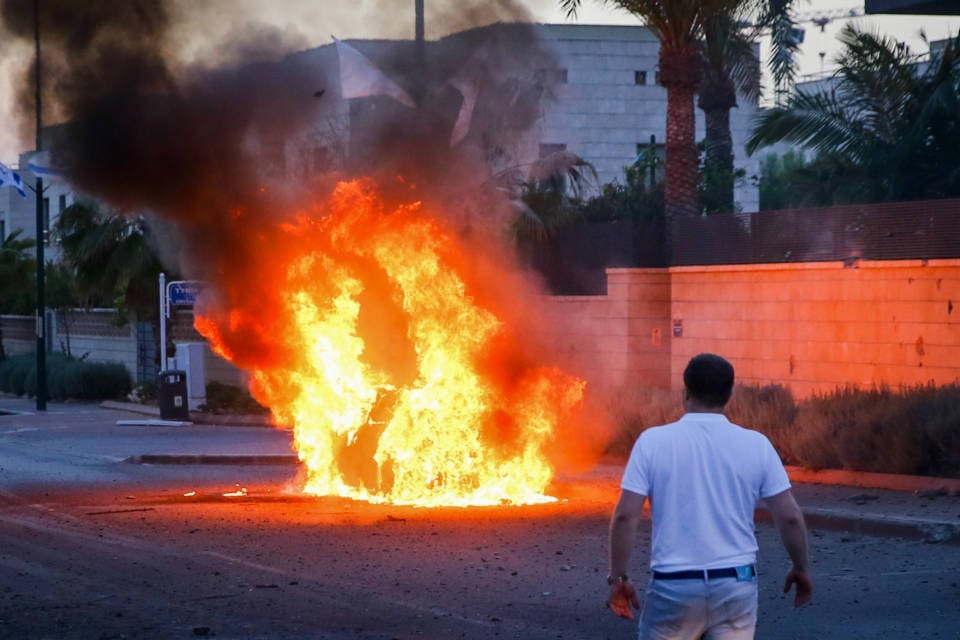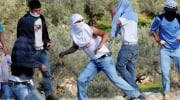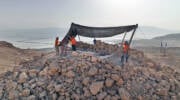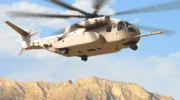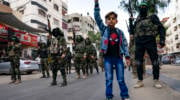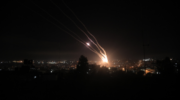Media celebrates controversial Gaza photos despite ethical concerns and severed ties with a photographer, raising questions about professional boundaries.
Every December, media outlets select their best photos of the year to be included in collections showcasing what they deem to be their finest examples of photojournalism.
This year, however, The New York Times, Reuters and Associated Press chose to include in their prestigious photo galleries images taken by Gaza-based photojournalists whose early morning presence at the breached Gaza-Israel border on October 7 and their capturing of Hamas atrocities have raised serious ethical questions detailed in an HonestReporting expose last month. The article asked whether not only physical borders have been breached, but also professional and moral ones.
The publication of the article on November 8 created a public uproar leading AP and CNN to cut ties with one of the photojournalists whose close relations with Hamas leader Yahya Sinwar were highlighted.
Additionally, a group of 14 US state attorney generals warned the chiefs of CNN, The New York Times, Reuters and AP, to better vet their freelancers lest they fall foul of laws against providing material support to terrorist organizations like Hamas.
But all of this hasn’t prevented America’s leading newspaper and the world’s largest news agencies from republishing some of the controversial photos taken by those freelancers — and celebrating their professional value.
“Brave photographers”
The New York Times’ photo gallery is titled: “A weary world”, presenting images from Ukraine to Hawaii. It makes the following statement:
Every year, our photo editors try to capture the best photojournalism in one intense presentation. The Year in Pictures is a way to commemorate the big news events from January to December: the ones that traumatized us — and there are many of those — mixed in with some moments of bliss.
Then it adds:
The images gathered here, a tribute to the brave photographers who scrambled into harm’s way to capture them, remind us that there were so many tears in 2023.
With this in mind, readers come across the following photo of the Gaza border fence being breached:
Despite ethical questions we raised about publishing photos by Gazan photojournalists who broke through the Israeli border on Oct. 7, @nytimes has no problem including this as one of its photos of the year – taken by Mohammed Fayq Abu Mostafa as the border fence is breached.… pic.twitter.com/wIvnBrPuys
— HonestReporting (@HonestReporting) December 24, 2023
Was the “brave photographer,” Reuters’ Mohammed Fayq Abu Mostafa, threatened by the infiltrators who had stormed the border to murder and rape Jews? Or did they let him capture his images uninterrupted? And is this a professional achievement to be celebrated?
Reuters selected a different image by the same photographer to be included in its gallery, titled “A selection of some of our top news photography from around the world in 2023”:
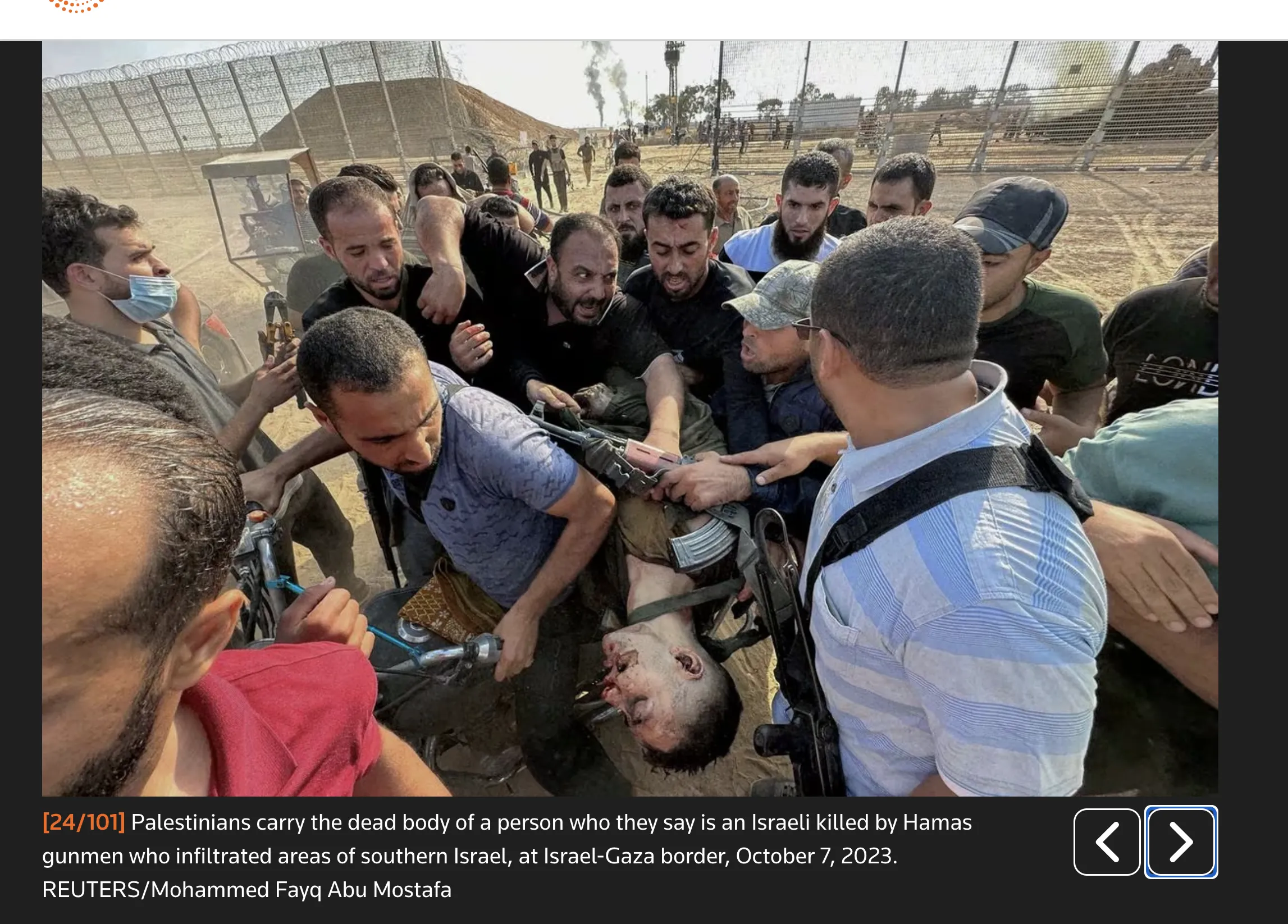
The photographer was clearly able to operate unimpeded by the lynch mob and certainly contributed to the visual message Hamas wished to deliver that day by virtue of their own documenting of the massacre. And what about the lack of respect shown by Reuters publishing a photo that displays a murdered Israeli soldier’s identifiable face and mutilated body to the world? Did anyone at Reuters seek the permission of the victim’s family? And again, is this the sort of journalism a respectable media outlet should be proud of?
“With ethics and compassion”
AP followed suit. These words preface its 2023 photo gallery:
The mission of photojournalism is to capture moments that represent — and, at their best, truly reveal — the endless spectrum of the human experience.
Associated Press photographers across the world have spent 2023 doing exactly that — sometimes at great risk or personal exertion, always with ethics and compassion and quality, and with an eye forever trained toward the memorable.
When those photographers encounter the world, though — from Israel and Gaza to Brazil, from Mongolia to the American heartland and beyond — often they have no idea what they’ll find until it is upon them.
Included in AP’s gallery is the following photo by Ali Mahmud:
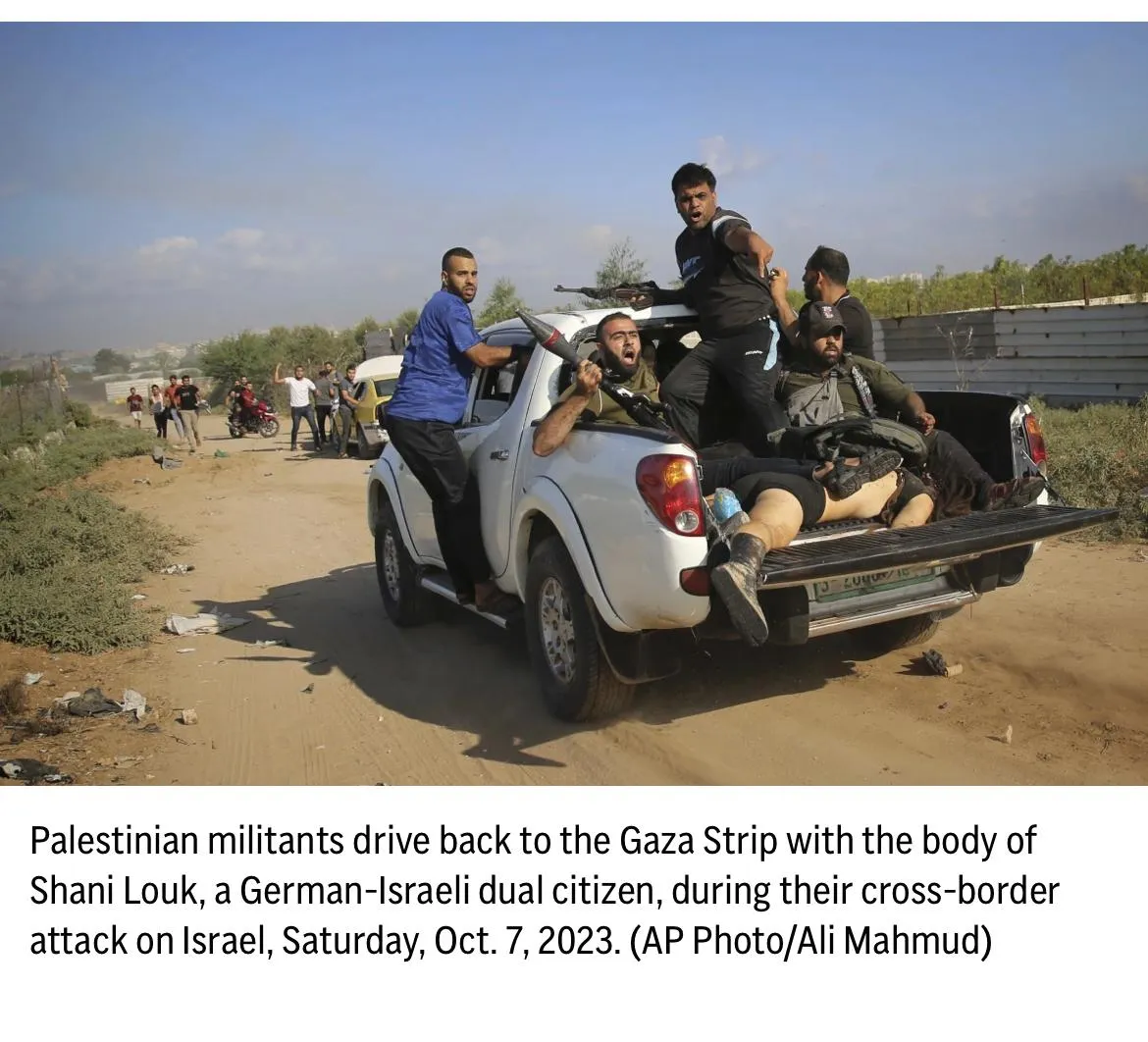
Did Mahmud realize what was upon him when he “encountered this world” of Hamas terrorists parading the body of German-Israeli Shani Louk? Was he surprised? Did he show any “ethics and compassion” by taking photos of her naked, mutilated body?
But why would any photographer make such considerations, when a picture like this successfully makes it into 2023’s photos of the year?
As stated in HonestReporting’s November 8 article, serious questions emerge from the mere fact that these photographers were positioned at the right place at the right time to capture the infiltrations and abductions.
The public still deserves answers. How did these freelancers know where and when to arrive, what did they communicate to their news editors, and what else might be stored on their camera cards?
It speaks volumes that CNN evidently decided not to include any of their photos in the network’s 2023 gallery.
Meanwhile, media hope to promote their brand and profit from publishing these photos, especially when marked with the quality stamp of “photos of the year.” Not to mention the burnished reputation and respect that the photojournalists themselves, who were paid for the job, gain.
So what’s the editorial message of these photo galleries? Access is everything? There are no boundaries?
Based on this logic, can the footage taken by Hamas terrorists of their murderous spree in southern Israel also be considered a brave documentation of reality?
Israel at War with Hamas. Support Israel Today!
The people of Israel need your help at this most critical time. Please make a donation to help protect and defend Israelis against unprecedented Hamas terror.
Rockets are falling. Sirens blare, with seconds to run for cover. IDF soldiers risk their lives battling terrorists inside Gaza. Thousands forced to abandon their homes in southern Israel.
To fight terror and save lives, UWI provides bomb shelters, anti-terror vehicles, protective gear, security equipment, medical assistance, relief to victims and much more. Help Israel fight and win this war against Hamas. The time to act is now!
